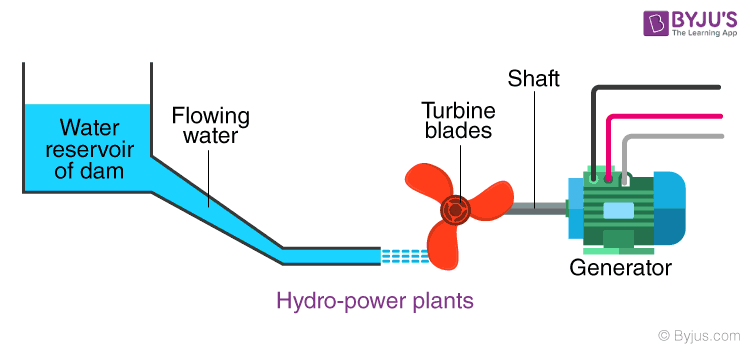Potential energy:
When a stone is placed on the ground, it possesses potential energy. However, if the same stone is placed on the top of a hill, its potential energy will be different. This is because potential energy is determined by the position of the object.
The formula for potential energy is mgh, where m represents the mass of the object, g represents the acceleration due to gravity, and h represents the height at which the object is located.
Therefore, when the stone is placed on the top of a hill, its potential energy increases due to the height of the hill.
Kinetic energy:
- When the stone is pushed from the top of the hill, it starts rolling and gains kinetic energy.
- Kinetic energy is the energy possessed by an object in motion.
- The formula for kinetic energy is 1/2 mv ^ 2.
- Where m represents the mass of the object and v represents its velocity.
Concept of potential energy, kinetic energy, and the law of conservation of energy:
- Potential energy is the energy possessed by an object due to its position. When the stone is pushed from the top of the hill, it starts rolling and gains kinetic energy.
- Kinetic energy is the energy possessed by an object in motion. As the stone rolls and reaches the ground, it once again gains potential energy.
- This transformation of energy from potential to kinetic and vice versa is known as the law of conservation of energy.
Understanding the concept of potential energy, kinetic energy, and the law of conservation of energy has various scientific phenomena. By grasping these principles, you will be able to know how energy is transferred and transformed in different scenarios.
Generate electricity using these principles:
In the world of electricity production, the law of conservation of energy plays a crucial role. This law states that energy cannot be created or destroyed, but it can be transformed from one form to another. One fascinating example of this principle in action can be observed in hill stations, where dams are constructed to store water at high altitudes. This stored water possesses potential energy due to its height and mass, as well as the force of gravity acting upon it.
When the time comes for the water to be released, it enters a state of motion, resulting in the generation of kinetic energy. As the water flows downhill, it encounters a turbine, which is a device designed to harness the energy of moving fluids. The force of the water hitting the turbine causes it to rotate, converting the kinetic energy of the water into mechanical energy
Transformation of mechanical energy to electrical energy:
The mechanical energy is then coupled to a generator, a device that converts mechanical energy into electrical energy. The rotation of the turbine drives the generator, producing electricity. Therefore, the water, which initially possessed potential energy, now possesses kinetic energy while in motion.
This kinetic energy is then utilized to generate mechanical energy, which is ultimately transformed into electrical energy.This remarkable process exemplifies the law of conservation of energy, as energy is continuously transformed from one form to another, without being created or destroyed.
Generation of electricity in hill stations:
By using this law of conservation of energy we produce electricity in hill stations.
Dams are built to store the water at the highest position that is the water is the object it has the potential energy due to its height and mass of water and its gravity once the water gets released the water is in motion so kinetic energy is generated in the water .
After that the water heats over the turbine and make it to rotate this turbine is coupled to a generator to make the electricity that is the water which has the potential energy while in motion it has the kinetic energy it hits over the turbine to produce mechanical energy .
Then the mechanical energy is converted to a generator to produce the electric energy this type of energy transformation is known as the law of conservation of energy.












